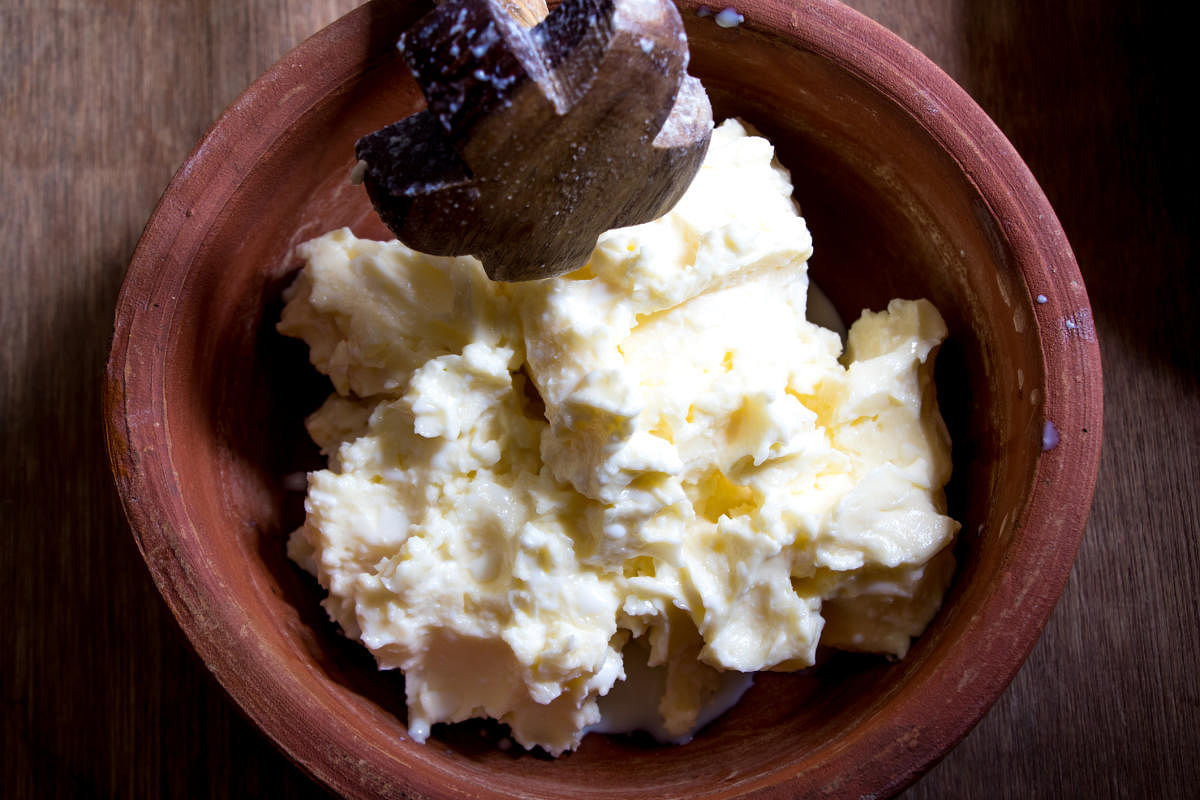
Before minimalism and sustainability became a global trend, Indian mothers and grandmothers have either knowingly or unknowingly incorporated these eco-friendly principles into their routine. In Indian households, it is not uncommon to see an old top be transformed into a mop or for used milk packets to be used in various scenarios around the house. There is a use for everything in an Indian household; nothing goes to waste.
Often, a sustainable lifestyle is associated with higher costs but that is not true. Following practices passed down generations can easily help in leading a sustainable and eco-friendly lifestyle. You also get to save money.
The idea of sustainability is based on the use of scarce resources and who can be better at this than a middle-class Indian woman. Here are some tried and tested, mother-approved everyday hacks to make your everyday more sustainable.
Upcycle old clothes
“In my house, we don’t let anything go to waste,” says Neetha Gadiya, housewife. Over the course of lockdown, she used old clothes and scrap pieces of cloth lying around the house to make reusable bags and pillow cases. “We have a sewing machine at home and I had seen the women of my house do these DIYs, so I decided to put my sewing skills to good use and make something useful out of the “waste” lying around the house,” she says.
Beauty hacks
Aishwarya Narayan, a millennial corporate employee, uses her mother’s age-old beauty hacks to make face and hair masks. “We collect orange peel at home, dry it out and grind it into a fine powder to make face masks. Mix the orange peel powder with few spoons of leftover coffee decoction and you’ll have purifying mask ready to use,” she says.
She and her mother use various household items in replacement for store-bought skin and haircare products. “We also use rice water to rinse our hair, it makes your hair healthy and gives it a beautiful shine,” she adds.
Food for plants
Tea leaves, fruit and vegetable peels and eggshells crowd every household waste bin. What may seem like a waste to the common eye, however, serves as rich manure for plants. “Before, I would throw away the wet waste that accumulated daily. But my mother-in-law taught me how to use it as manure for our garden. So, what was once waste is now organic manure,” shares Namita Sudeep, college professor.
Homemade butter
Uzma Mavad, mother and housewife, has a simple recipe for homemade butter. “The excess cream that forms while boiling milk can easily be made into deliciously rich butter,” she says.
She explains how collecting the creamy layer formed on top of the milk every day, storing it in the fridge and repeating the process every day, for about ten days, will result in a bowl of butter at the end.
Nine yards of wonder
“My mother used to make quilts from old cotton saris. She would take four saris and stitch them together to make cozy quilts and throws,” says Seema Pervez, entrepreneur. These quilts last a long time and can also be used as fashionable throws to decorate the house.
“It is up to us to think twice before mindlessly discarding things,” she adds.
Cheat Khakra
Khakras are a popular snack in Gujrati and Marwari households, turns out there is a hack for making these savoury crackers at home in no
time.
“My mom and grandmother use leftover rotis to make khakras. As we don’t have any animals around the house who we can feed the leftover food to and since we don’t want to waste the food, we use the leftover rotis and crisp them up to make some yummy khakras,” says Neha Jain, dancer and choreographer.